6 Things To Unlearn From Your Driving Test
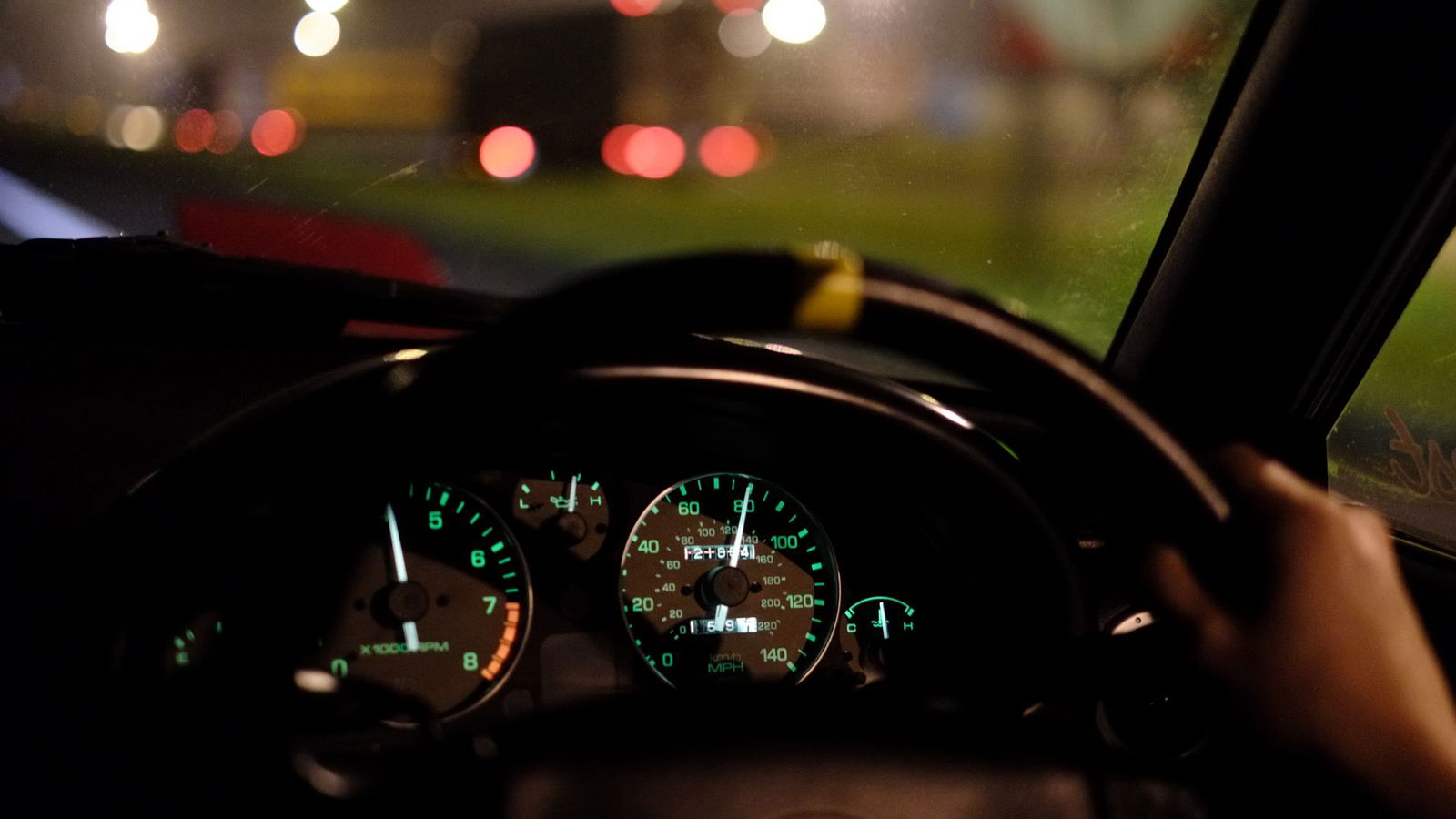
1. 'Feeding' the wheel
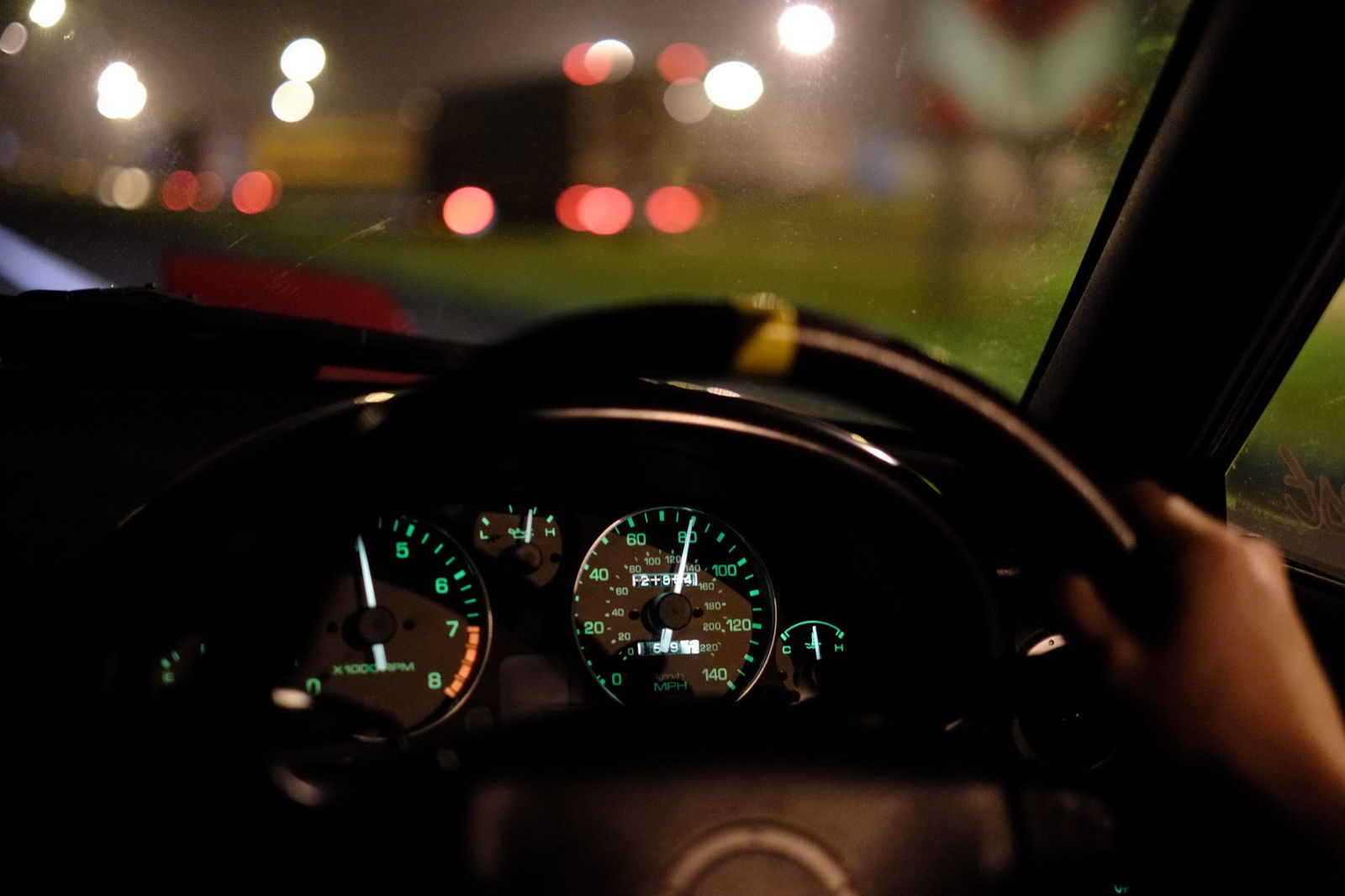
The ‘pull-push’ method, also known as ‘feeding the wheel’, is argubly the most important ‘driving test’ technique. It’s a method that has been taught for years; even the police force use it when training Class 1 drivers. The idea behind the technique is that it allows you to keep both hands on the wheel at all times, therefore making you a ‘safer’ driver.
Unfortunately, this is nothing more than ill-advised rhetoric. Feeding the wheel is inefficient, outdated and in some circumstances, it can be dangerous. For example, imagine that you’re on a country road and you approach a blind corner. You enter what you think is a shallow bend, but as you turn in, the corner starts to decrease in radius. To avoid running wide, you need to add more steering lock quickly but smoothly; something you can’t do effectively when feeding the wheel.
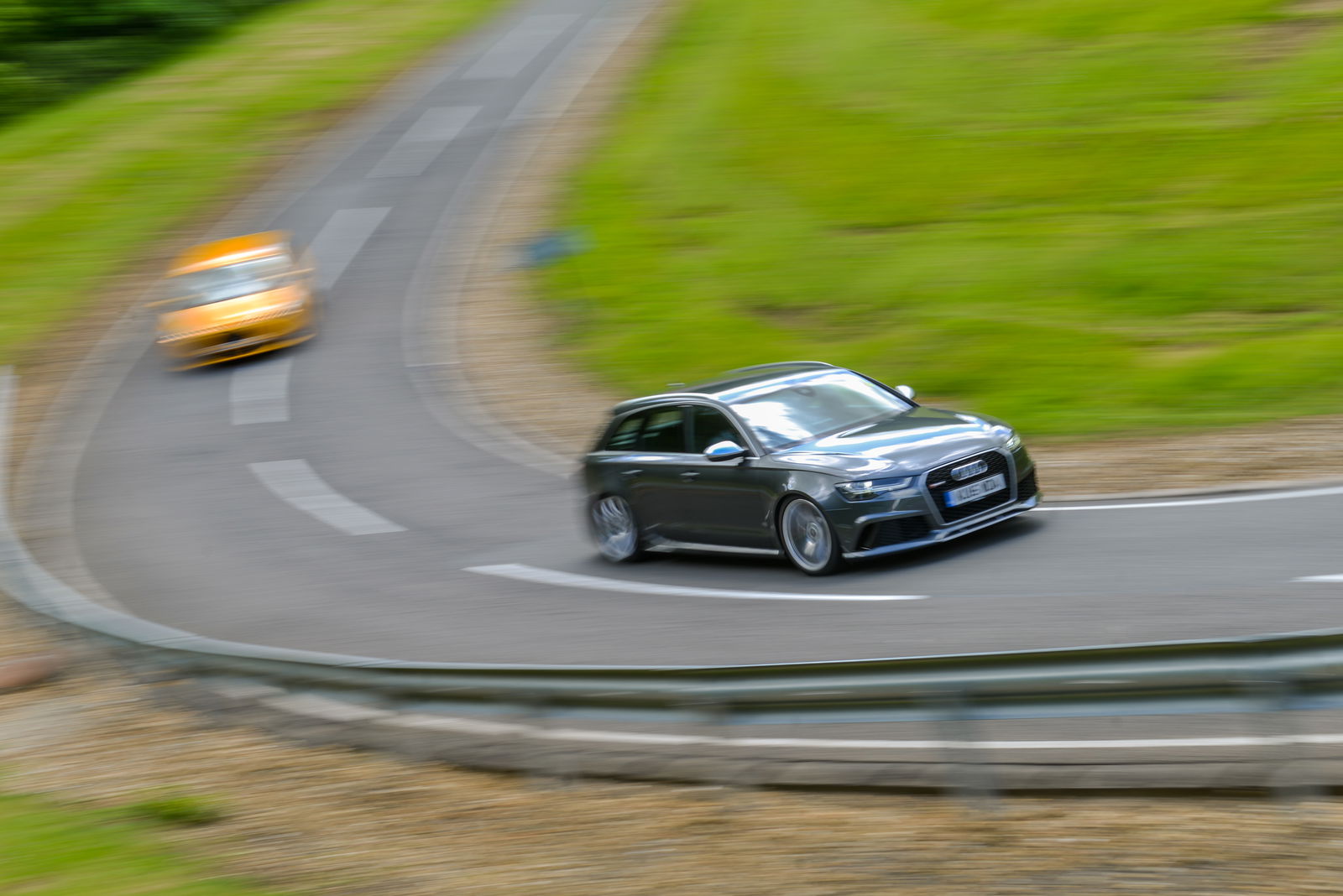
If you attempt to ‘pull and push’ the wheel, you’ll end up making jagged inputs at a point where the car is already unstable. And if the corner continues to tighten, the push and pull technique will be too slow, and you’ll end up running wide.
Instead, if you keep both hands on the wheel and cross your arms, you maintain that vital connection with the wheel. You can feel what the front end is doing and you can add steering input progressively. There’s a reason why ARDS qualified racing instructors ask first time track drivers to keep their hands at nine and three.
2. Constantly applying the hand-brake
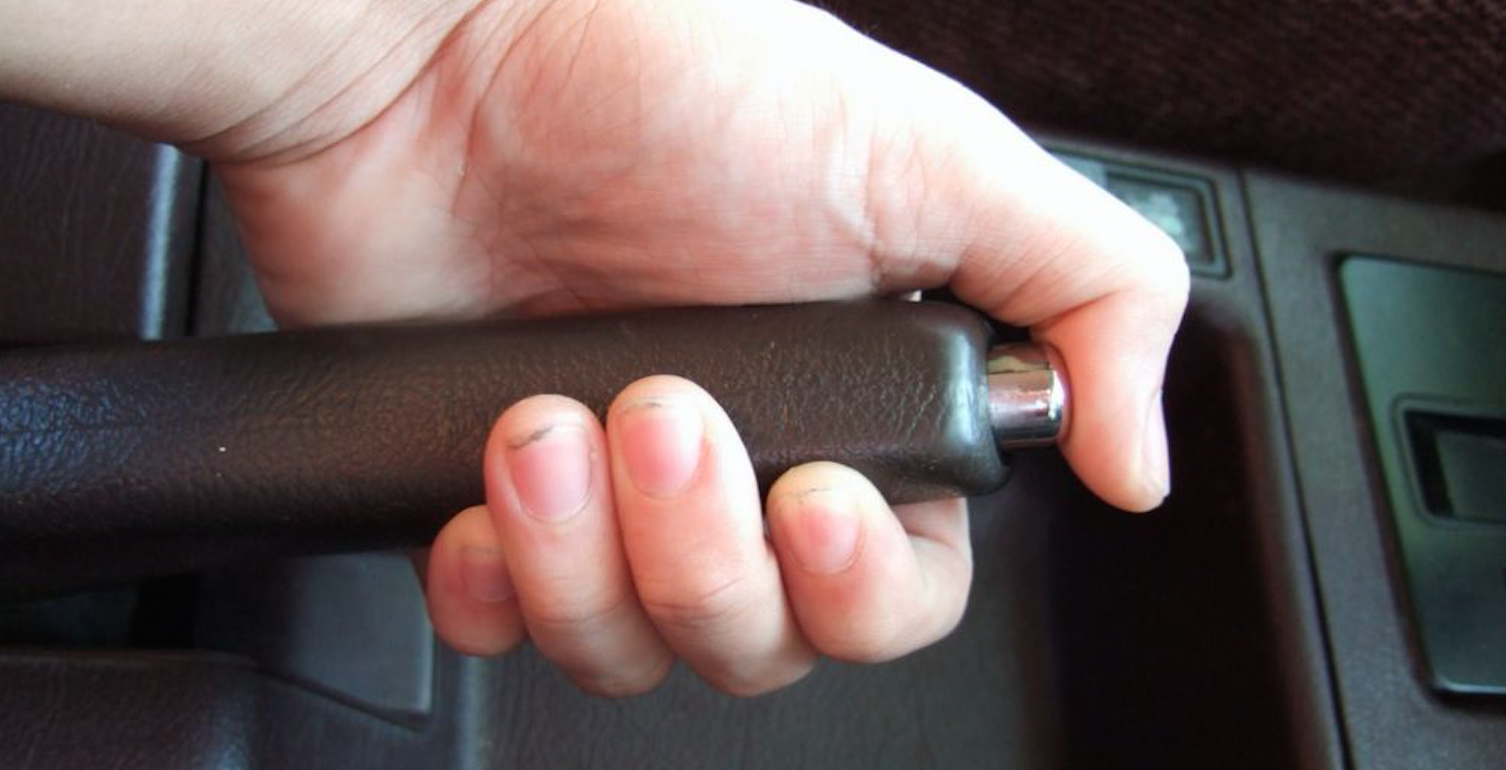
The handbrake is your best friend on the driving test. Almost every time you stop, you’re required to use it; even after the emergency stop! Thankfully, most drivers come to their senses and drop this ‘bad habit’ once they’ve passed their test.
In reality, there’s no need to handbrake every time you come to a halt. For example, if you’re in stop-start traffic, the foot brake will usually suffice. And if you need to make an emergency stop in a pile-up situation, the last thing you should do is apply the handbrake. Once stopped you should check your mirrors, put the car in gear and pull over to the side.
Don’t get us wrong, we’re not saying that you should never use it, but you don’t need to apply it every time you stop.
3. Checking your mirrors at pre-determined intervals
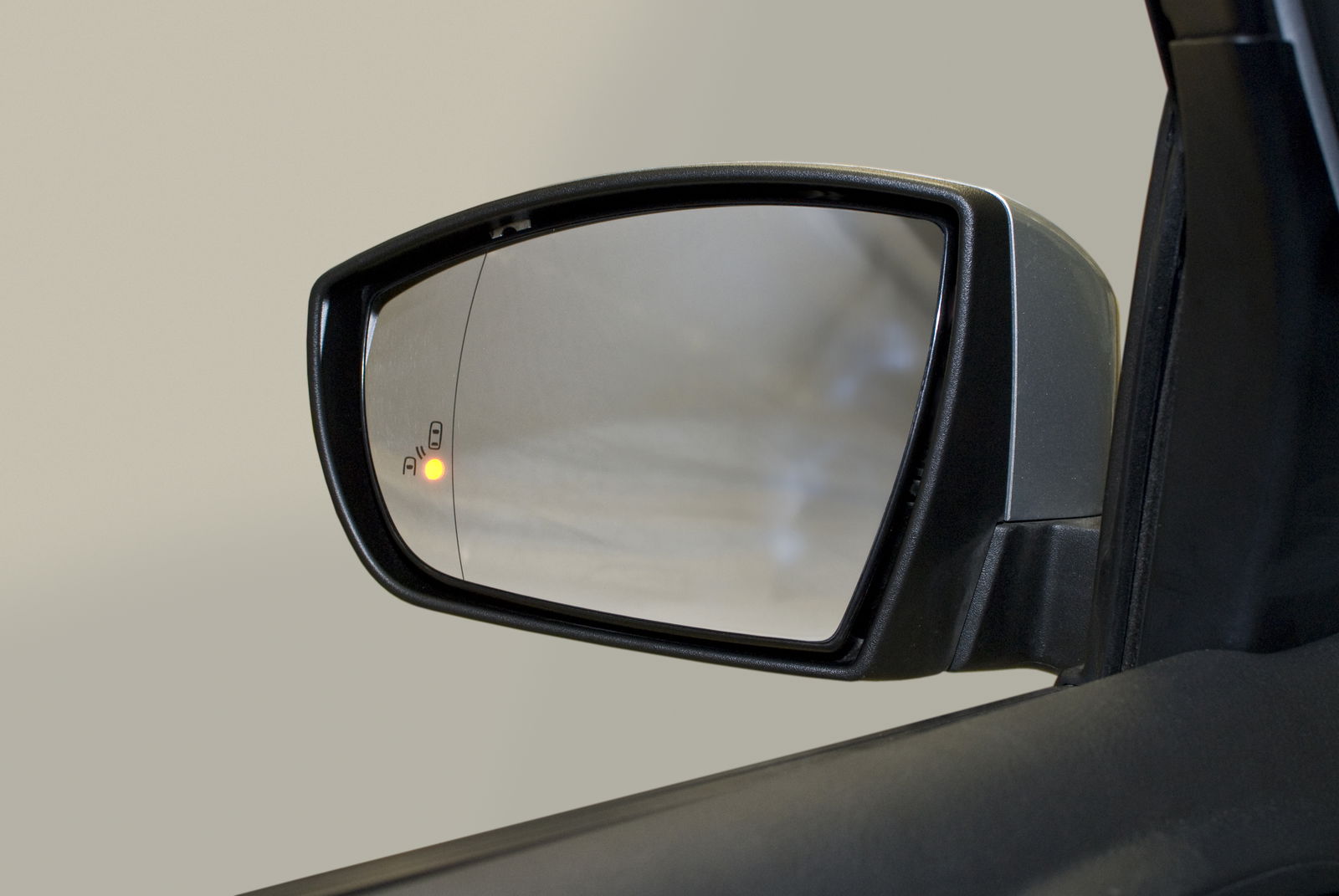
Every time you set off you should theoretically conduct a six-point check. The process goes (in the UK): look over your left shoulder, check your left exterior mirror, check your rear-view mirror, check the road ahead, check your right mirror and then finally look over your right shoulder. On your test you need to make these checks look super obvious to avoid incurring any minor penalties.
Our problem with this technique is the fact that it turns situational ‘awareness’ into a box-ticking exercise. And as we all know, when you do something simply for the sake of it (in this case, pleasing an instructor), the process ceases to have a meaningful effect.
4. Don't flash other road users
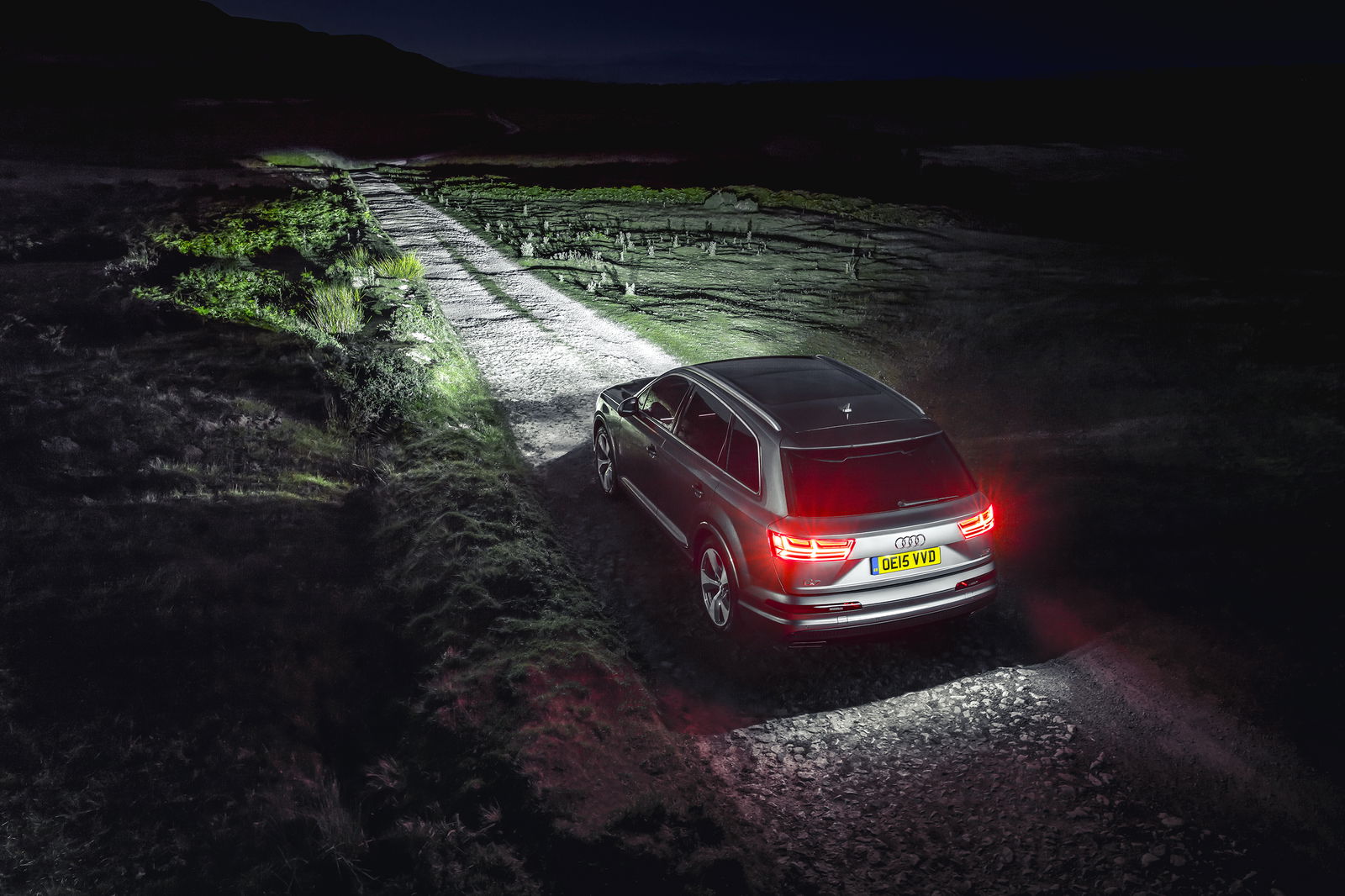
The Highway Code states that you should ‘only flash your headlights to let other road users know that you are there. Do not flash your headlights to convey any other messages’. As a result, you cannot flash your headlights on your driving test, and you cannot react to someone else flashing their lights at you. Now, we understand that in some circumstances this form of communication has the potential to be hazardous, but in most cases we find it to be rather helpful.
Flashing people to say thank you or to let them into a line of traffic is a daily occurrence for most of us. And whatever you might have been told, flashing your lights in the UK is not illegal.
5. Speed is the enemy (it's actually your friend)
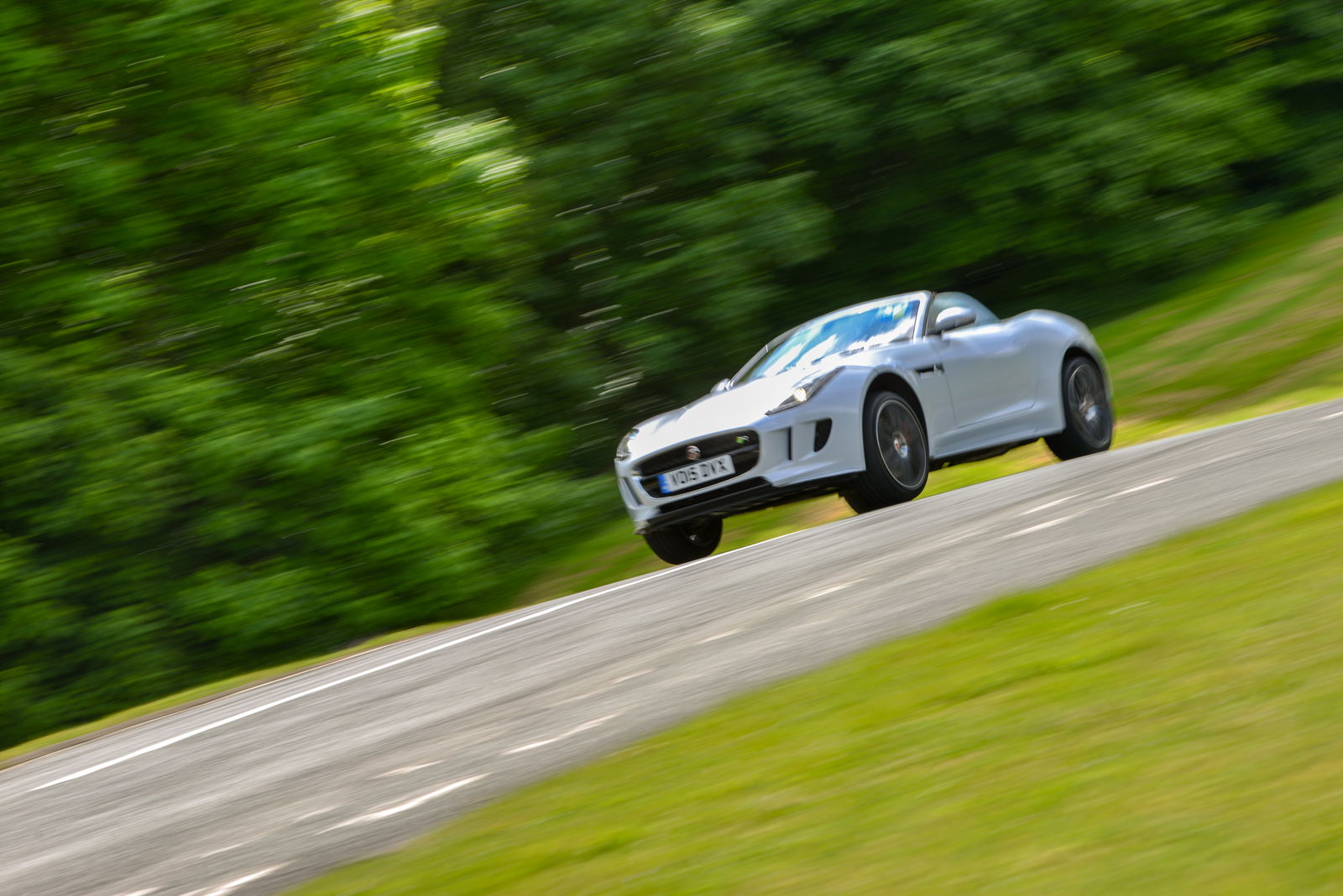
Controversially, the driving test in the UK fails to incorporate any form of motorway driving. The majority of your lessons will take place in busy towns or cities where your maximum speed will be limited to 30mph. As a result, young drivers often view speed as the enemy. This isn’t a major problem on crowded streets, but it can play havoc when it comes to driving on motorways.
When merging onto a faster road, it’s vital that you accelerate to match the speed of the adjacent traffic. Unfortunately, learner drivers often get intimidated and slow down on on-ramps. Not only is this dangerous to the learner driver, but it’s also dangerous to drivers travelling at high speed on the main road. If only they knew that mashing the loud pedal is actually safer.
6. Constantly checking your speed
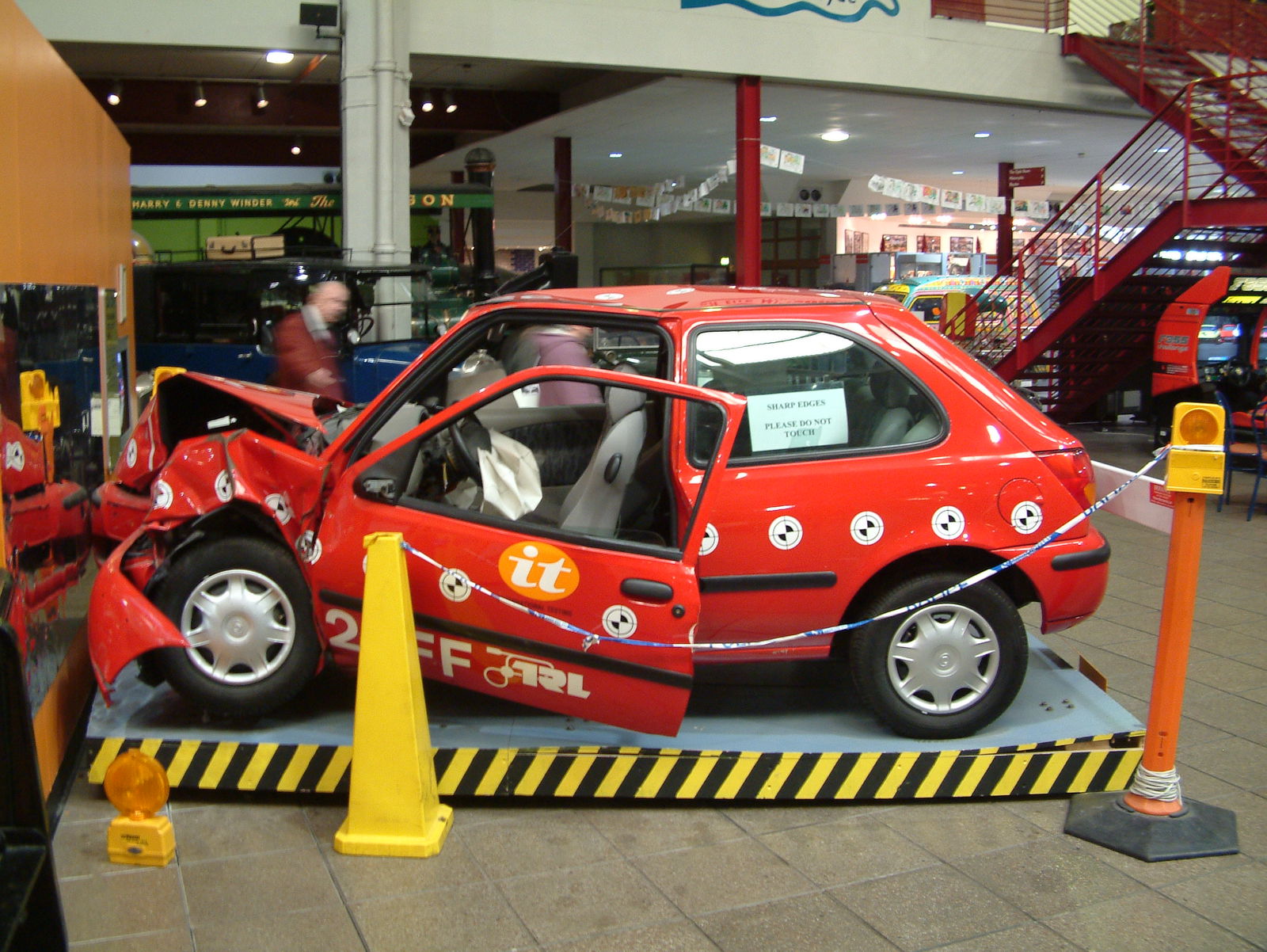
Speeding during your driving test can result in instant failure. As a result, most learners spend the majority of their assessment staring at the speedometer. This is because the test is nothing more than a box-ticking exercise: as long as you’re under the limit, you’re deemed to be safe.
Unfortunately, this is not the case. If you’re doing the speed limit, but not focusing on the road ahead, this is equally (if not more) dangerous than speeding. Thankfully, the more you drive, the more accustomed you become to multi-tasking (checking speed, road conditions and surrounding traffic).
Finally, we want to know from you guys, what pointless things were you told during your driving lessons? Let us know in the comments below!

Comments
Oddly enough. Drivers ed here didn’t teach us any of these. And the push pull method. Never heard of it. All we did was hand over hand in cases of tight turns.
Weird.. In my driving lessons or test only the 4. & 5. Were mentioned.
And after i passed the test I forgot about 70% of stuff teachers told me, because it was useless. I was told to slow down because in winter time speed would cause me problems But I didn’t slow down at ALL and i haven’t had any problems.
REALLY why are they teaching that you will crash every time you’re going faster than Granny speed? -.-
Does it say ‘don’t crash when leaving the carmeet?’
As they told me: You should hold clutch pedal in half pressed position for a few seconds after taking off or gear change to make your driving smoother.
Learned my lesion after 600€ clutch change…..
I agree with all of these except number 2. There is nothing more annoying than sitting in traffic and being blinded by someone’s brake lights because they are too lazy to use the handbrake. Also, in a manual car, using the handbrake is the only safe way to set off.
I agree with every point
Driving tests criteria are sometimes just stupid
Btw that F-type looks like its out hunting for some Fiats :)
I was told I wasn’t being economical because I was using 3rd gear instead of 4th whilst going down a hill, when everyone knows that the lower gear u are in gives you more engine breaking and therefore control over the car.
Also told not to heel and toe as it’s unsafe even though it leads to smoother downchanges meaning less chance to upset the car.
i passed my driving test first time and i have never fed the wheel, i also held it at 9 and 3 with thumbs tucked over the central part of the wheel (similar to racing drivers), i never once got corrected on it. Maybe my driving test instructor was leniant and decent but all he cared about was that i wasnt being stupid with the gas, i checked mirrors and generally payed attention to the road ahead. he got impressed when the lights ahead turned to red and instead of driving up to the lights and stopping i just downshifted into 3rd and kept the car rolling with a slow speed decent until the lights re-changed (i think its called efficient driving etc).
Rules for passing your test, Have control of the car, pay attention to the road and use your mirrors and signals. Also if you make a mistake dont try and shy away from it, openly say to the instructor ‘’im sorry i should have been in the central lane rather than the left lane for this turn’’ they generally take that as a sign of being decent.
Also once you have passed, if you want to drive fast do it in a safe place ‘’not residential’’. on country lanes i push quite hard but as soon as i get to residential areas i make sure not to go over 30 or 20(in zones) because think of what happens if a kid runs out….just dont be stupid and you will be fine.
PS: I might be the only one here, but i actually use the handbrake alot, i dont see the point of keeping the brake pedal down if you are at a red, just apply the hand brake and chill out.
Jeremy Clarkson’s reaction to reason 5:
Yeah man this is why there’s so many crap drivers out there. Too busy checking boxes but please don’t flash me to say thank you. I am merely following the highway code and I let you through either because it is your right of way or because you’re doing something you shouldn’t be and it’s just quicker to let you through. I have no wish to catch your full beam point blank in my face as a reward!
Pagination